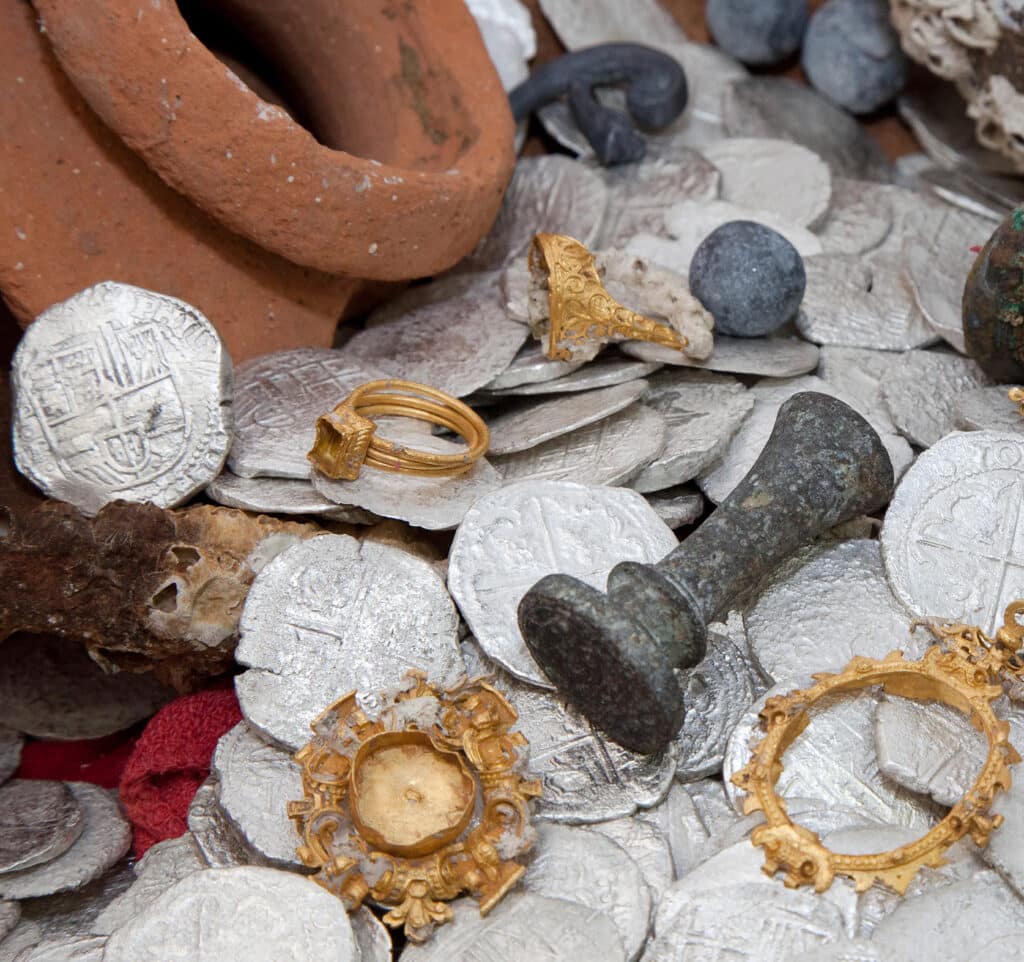We are a civilization inspired by discovery, whether that leads us to look upwards to the heavens, underground for what time and nature has buried, or to the bottom of the sea for answers.
Over the centuries, our understanding of history has been informed – and oftentimes rewritten – by new findings from the past, be they fossils found in unsuspected parts of the world, ancient stars and celestial objects located in our universe and beyond, the retrieval of sunken treasure from the depths of the ocean, or burial objects found in excavated gravesites thousands of years old. These artifacts lead us to new insights into who we are as a people, where we came from, and how we have evolved over the millennia.
Most recently, archaeologists working near Luxor announced a haul of new finds they believe could “reconstruct history” thanks to the wealth of artifacts discovered in a mixture of rock-cut tombs, burial shafts, and even part of a temple, dating back 3,600 years. These artifacts experts believe could reveal the practices of life near Luxor around 1500 B.C.
Continuing the trend of finding older and older cave art, scientists announced in 2024 that a painted scene of people hunting pig-like animals found in a cave on the island of Sulawesi is at least 51,200 years old. This beats out the last contender for oldest cave art, a drawing of pigs also found in a cave in Indonesia, by around 5,000 years.
In 2023, a lost palace from the ancient Sumerian city of Girsu was found using drone photography in southern Iraq. There, archaeologists identified the subsurface remains of a previously unknown large complex at the Tablet Hill site in the present-day city Tello. The team found the Eninnu temple, the main sanctuary of the Sumerian god Ningirsu, the namesake of the ancient city. Prior to this discovery, the temple was only known by ancient inscriptions found at the site 140 years ago.
Pompeii as an archeological site continues to unearth new secrets about life in this city covered in lava ash 2,000 years ago. In 2023, archaeologists identified the remains of a prison bakery where enslaved people were locked up with donkeys and forced to grind grain for baking bread, shedding additional light on enslaved conditions in the ancient world. This past year, archaeologists discovered a sumptuous private bathhouse – potentially the largest ever found there – complete with hot, warm, and cold rooms, exquisite artwork, and a huge plunge pool. The spa-like complex sits at the heart of a grand residence uncovered over the last two years during a major excavation and displays the spectacular luxury enjoyed by Pompeii’s wealthiest citizens.
Just recently, a newly deciphered 1,900-year-old papyrus from a Roman court case revealed information about criminal cases from the time, answering a longstanding question about slave ownership in the region.
For centuries, unearthing historical objects has relied on archaeological digs, mudlarking, metal detecting, privy diving, and underwater exploration to hunt for hidden treasures from times gone by. Today, archaeologists and history hunters are aided in their search to unearth history by using such sophisticated technologies as high-powered telescopes, deep terrain mapping, underwater robots, drones, and noninvasive scanning technologies, leading to findings of previously unknown existence.
In this issue, we explore the stories behind recent finds, take a look at what hidden treasures will be on display in 2025 in museums around the country, and share the finds inside some of the most intriguing time capsules in history.
Time capsules have been used for thousands of years to preserve items from the present for future generations but became a craze during the Victorian Era to commemorate time. These Victorian Era time capsules had no intended retrieval date and were expected to endure until the apocalypse. Here in America, the history behind time capsules also dates to the late 18th century, with the earliest known capsule buried at the Massachusetts State House with the help of founding patriots Paul Revere and Samuel Adams. Openings are popular and intriguing media events with their rare glimpses into the items of everyday life meaningful to the times.
This issue also marks the 25th anniversary of The Journal of Antiques & Collectibles, first published in March 2000. Judy Gonyeau looks back on these past 25 years by digging into our archives to share the magazine’s coverage and advertising over the years of a changing antique marketplace.
Want to take your own journey into the Journal’s past? See our pictorial feature on past covers and visit our Editorial Archives here: https://journalofantiques.com/editorial-archives.





Related posts: